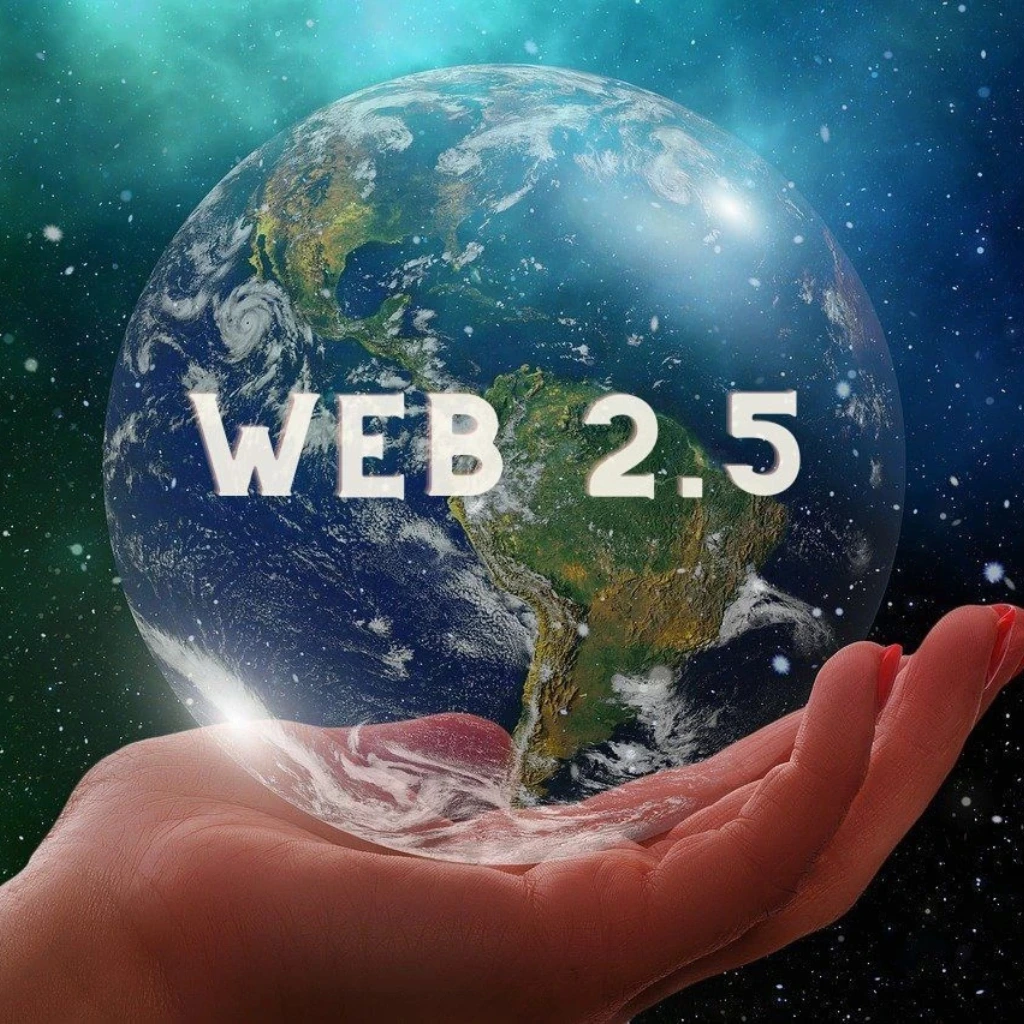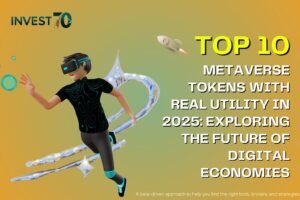From Web2 to Web3: Busting the Myths Around the Web2.5 Transition
From Web2 to Web3: How the Web2.5 Transition Is Actually Happening
Let’s clear the air—Web3 often sounds like a buzzword soup: NFTs, decentralization, blockchains. It’s easy to assume it’s all hype, right? But here’s the kicker: we’re already living through the Web2.5 transition, whether we realize it or not. It’s not a full leap into Web3, but it’s not pure Web2 either. So let’s bust some myths and break this down.
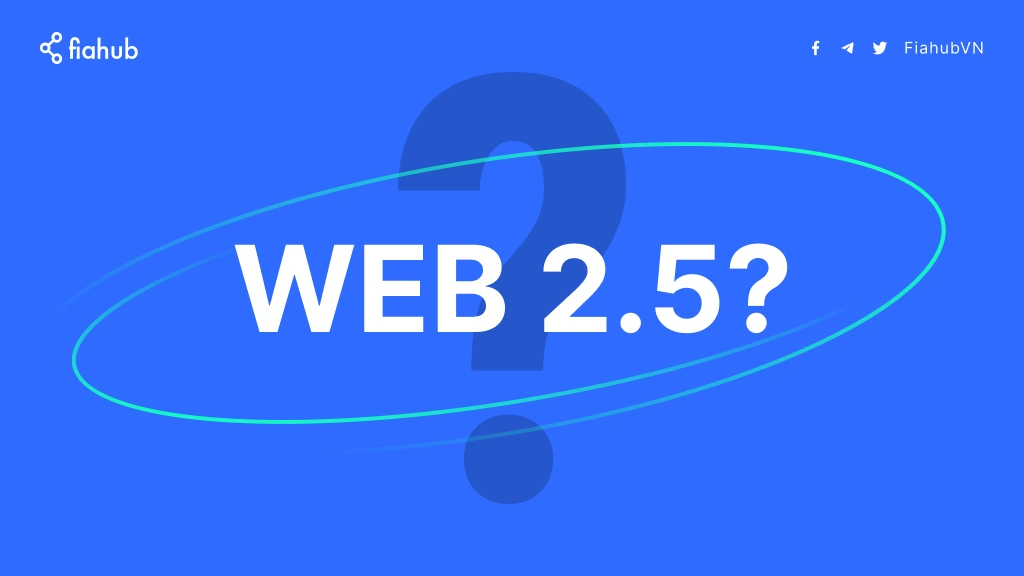
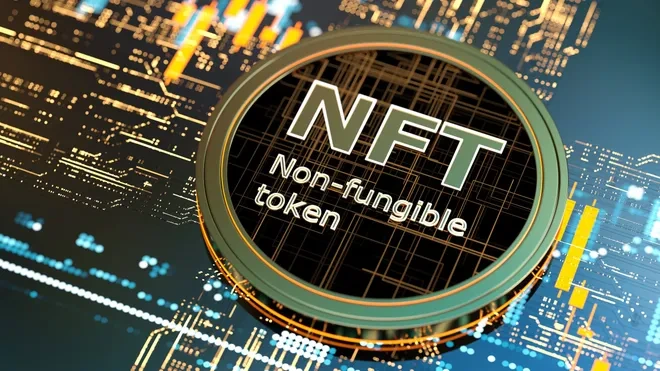
Myth #1: “The Web2.5 transition isn’t real—it’s just a marketing gimmick.”
Truth: Sure, Web2.5 isn’t an “official” version of the internet. It’s more like shorthand for the awkward but necessary in-between. You’re still logging in with your email and password, but behind the scenes, blockchain might be handling asset ownership. Familiar UX, emerging tech—that’s Web2.5.
Reddit and Starbucks know this. Their Web2.5 projects don’t scream “blockchain revolution!” They quietly integrate blockchain without overhauling the user experience. That’s Web2.5 done right.


Myth #2: “We’ll skip the Web2.5 transition entirely and leap straight from Web2 to Web3 overnight.”
Truth: Not happening. That kind of leap would be chaotic. Think about it: most people aren’t ready to memorize seed phrases or self-custody crypto just to post online. The Web2.5 transition is the internet’s version of easing into the pool instead of cannonballing into cold water.
This stage gives users and companies time to adapt. Brands test loyalty tokens, creators earn directly, and users start owning digital assets—without needing a PhD in crypto.

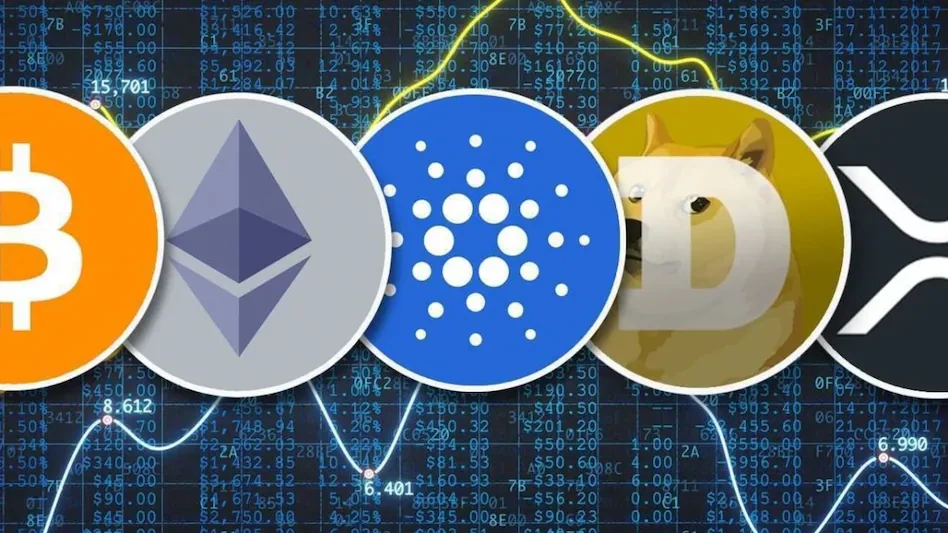
Myth #3: “You’re not using Web2.5 unless you’re deep in crypto”
Truth: You might already be in Web2.5 and not even know it.
- Used a wallet to log into a site and your email? Web2.5.
- Played a game with NFT items, no crypto knowledge required? Web2.5.
- Bought digital merch from a band with blockchain-based proof of ownership? You’re in.
Web2.5 doesn’t demand you understand the tech—and that’s the point. It’s happening quietly in the background, making the new feel familiar.
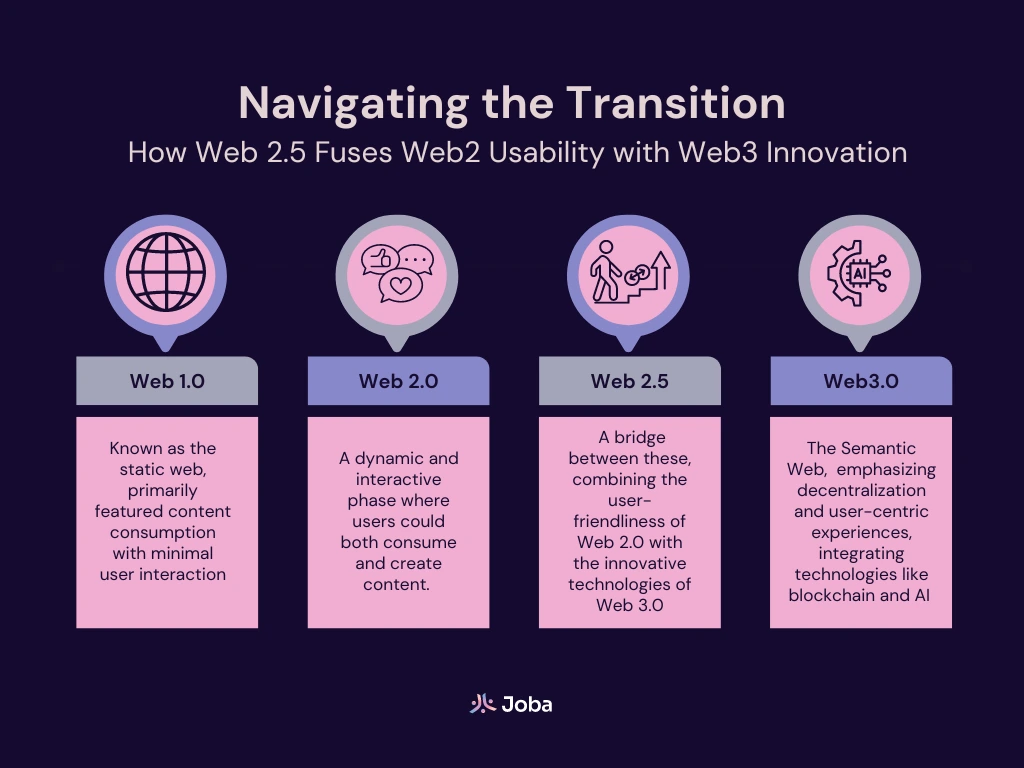
Myth #4: “Web2.5 is smooth sailing”
Truth: Nope. It has its share of bumps.
The user experience? Still rocky. Wallets can be a pain. Gas fees? Annoying. And after the crash of a few major crypto firms, trust is in short supply. Plus, “Web3” as a term carries baggage—it’s seen by many as overhyped or scam-adjacent. Web2.5 has to work hard to overcome that image.
But progress is happening. Onboarding is getting simpler. Platforms are abstracting the complex stuff. We’re seeing usable tools, not just tech demos.
Myth #5: “You need to be an expert to care”
Truth: Not even close. The Web2.5 transition isn’t just for devs or early adopters. It’s where meaningful innovation is quietly unfolding. It’s about ownership, control, and digital fairness becoming more accessible.
You don’t need to rush in. Maybe try a wallet. Maybe not. Stay curious, ask questions, and notice where things are shifting. That’s enough.
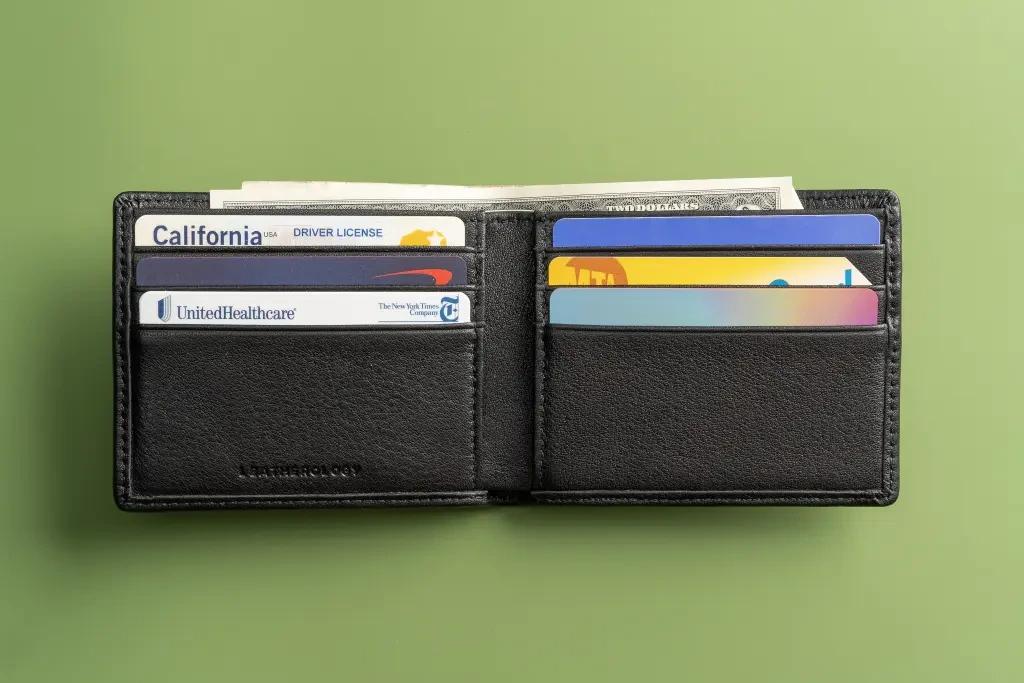
Final Thought: The Web2.5 Transition Is Already Happening
Forget the myths. The Web2.5 transition isn’t a future trend—it’s now. It’s imperfect, sometimes clunky, but it’s moving. And like all great shifts, it’s happening gradually… until suddenly, it’s the norm.
So no, you’re not behind. You’re right on time.
Relevant Link : Here

